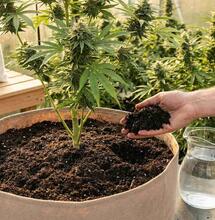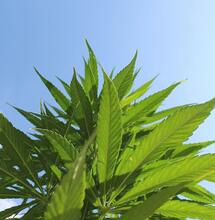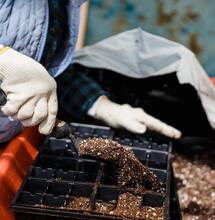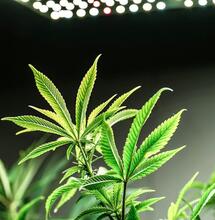Auxins and Cytokinins: A Pair of Cannabis Additives

Auxins encourage rooting, while cytokinins promote cell division. Auxins and cytokinins can be thought of as opposing additives/hormones and in general should not be used at the same time. You might need them when you try to culture plants in sterile substrate or making cuttings from the mother plant. In this article, learn more about the functions and uses of auxins and cytokinins and what they do for growing cannabis plants.
Us humans we produce a variety of hormones, which influence everything, from how we behave to how we grow up and age. Hormones work like signals that tell the body what to do and when to do it. And the same is true for plants, cannabis included. Plants naturally generate organic chemicals, known as phytohormones, and these particles affect all aspects of the plant’s life. When growing cannabis, it’s sometimes important to tonify plants with additional input of hormones. In fact, there are instances when you must do that. Let’s see what roles and functions have two of the most important hormones when cultivating cannabis - auxins and cytokinins.
What are Auxins and What They Do for Cannabis Plants?
Rooting hormones or auxins are commonly applied to cuttings to encourage them to develop roots and are often used in cloning female plants to propagate cuttings with the same gender as the ‘mother’ plant. Once the cutting has been taken, the powder, gel or liquid is applied to the stem end of the cutting before placing it into the chosen growth medium.
In nature, the auxin indoleacetic acid (also known as IAA or indole-3-acetic acid) plays a large role in root development, but it does not store well in solution. Thus, the more stable indolebutyric acid (IBA) and naphthaleneacetic acid (NAA) are often used in commercial products. These rooting hormones are auxins that are used to increase the auxin-to-cytokinin ratio, which stimulates root tip development at the expense of overall growth.
Here’s a more elaborate list of roles associated with auxins:
- Cell division, root formation and development (lateral, secondary, and adventitious roots)
- Plant elongation (directly affects how tall and sturdy the stem will be)
- Leaf formation (directly affects for how long leaves will stay on the plant)
- Apical dominance (favoring vertical growth)
- Cola development (formation of fruits)
- Phototropism and geotropism (directly impacts plant adaptation to light and gravity)
What Are Cytokinins and Their Functions?
Cytokinins (CK) are plant hormones that promote cell division in growing shoots. Added to the soil or sprayed onto the plants, cytokinins help the plant to make efficient use of existing nutrients and water in drought conditions. Cytokinins will counteract the effects of auxins; a low ratio of auxins to cytokinins stimulates and promotes tip and shoot formation. Kelp and coconut milk are two sources of natural cytokinins. Depending upon the ratio of auxins to cytokinins, the plant will emphasize either root development or shoot (leaf) development.
Here’s the more elaborated list of cytokinin functions:
- Cell division, cell growth and differentiation
- Development of adventitious roots and axillary buds
- Leaf formation, leaf enlargement, and postponed senescence (leaves are viable for extended amount of time)
- Works against apical dominance (does not promote vertical shoot)
- Morphogenesis in tissue culture (initiates the shoot, forms bud sites)
- Dormant seeds activation (triggers metabolic processes)
Key takeaway? Administering the proper additive/hormone at the proper time is the key to using these two products effectively. Auxins are used to promote growth below the ground and cytokinins to promote above-ground development.
Also read on Soft Secrets:











